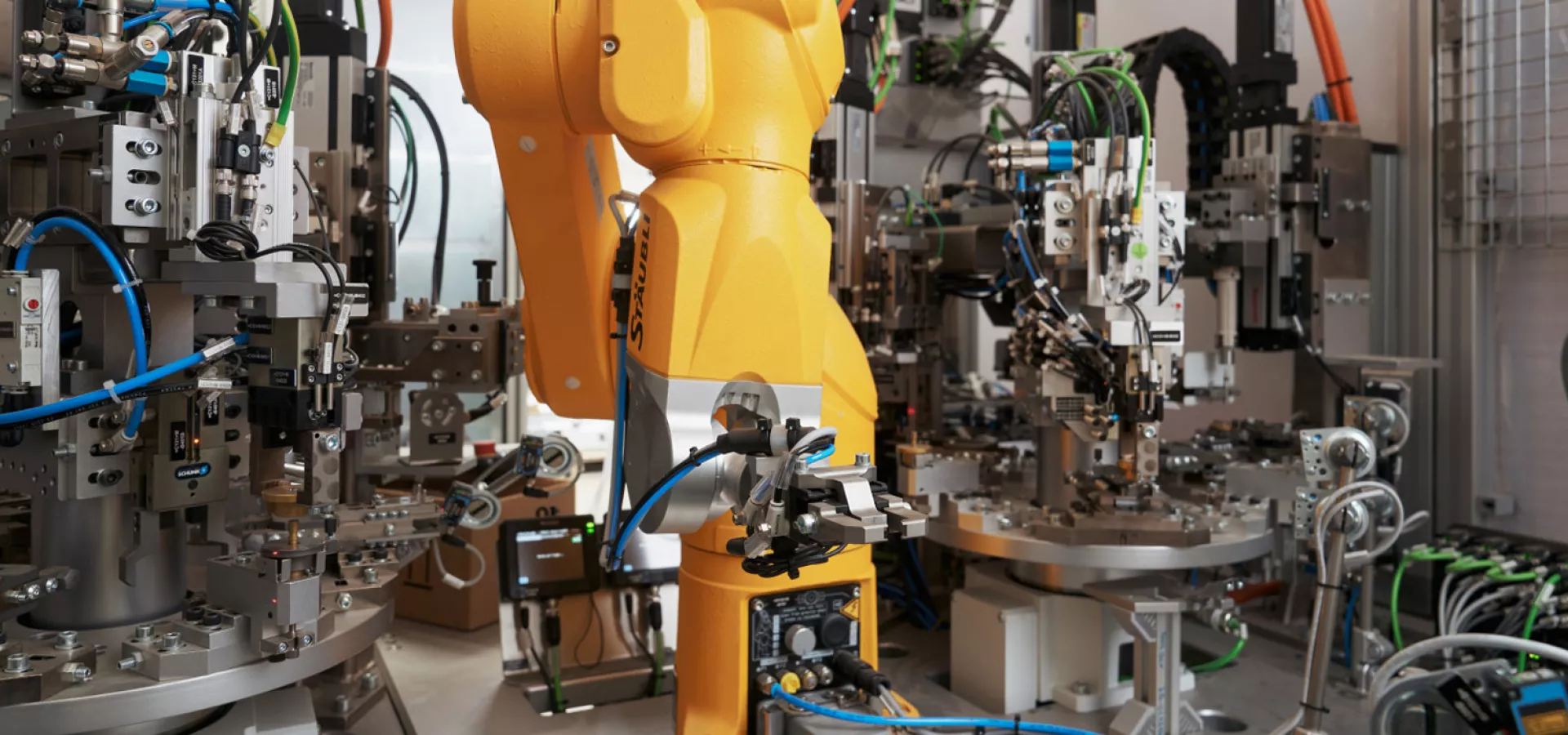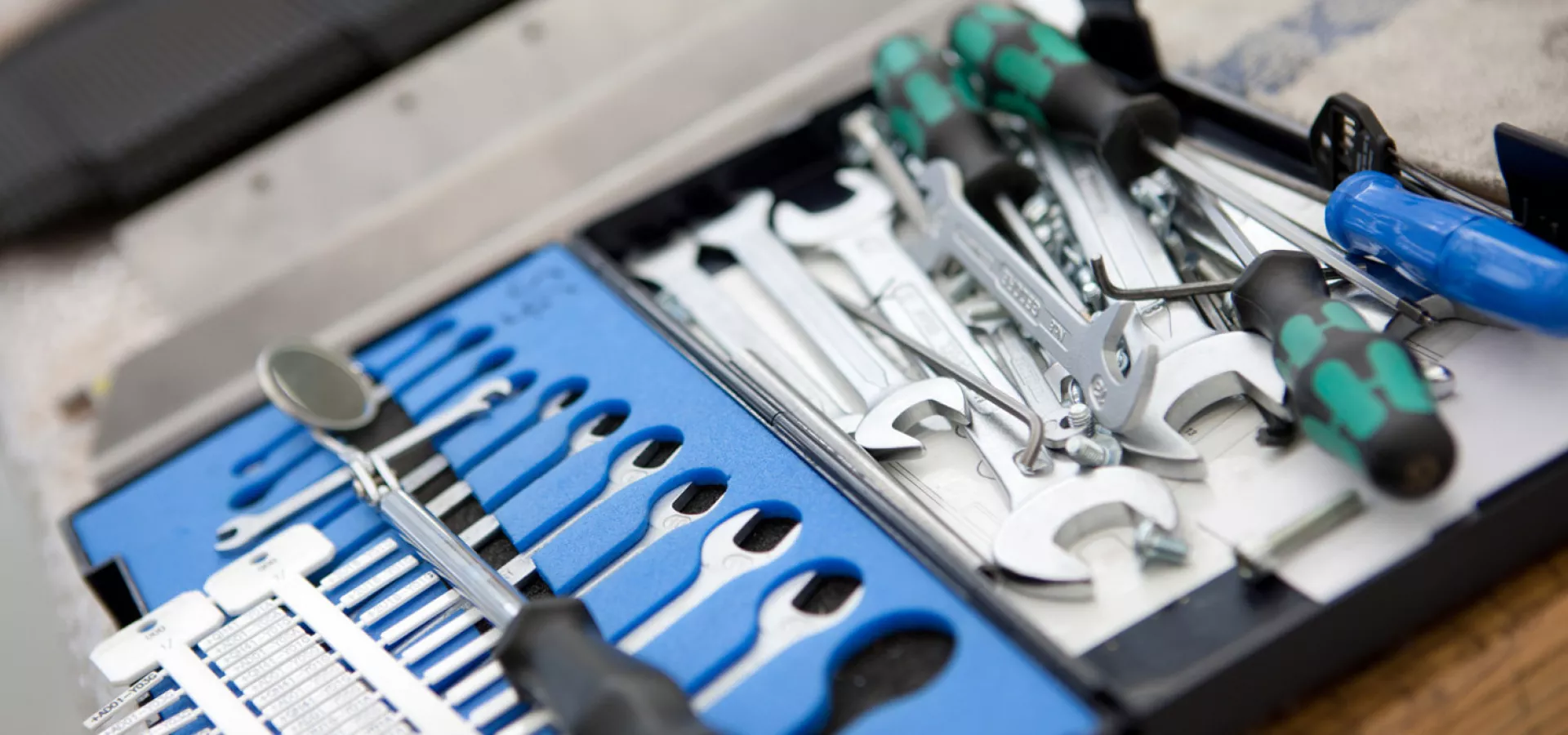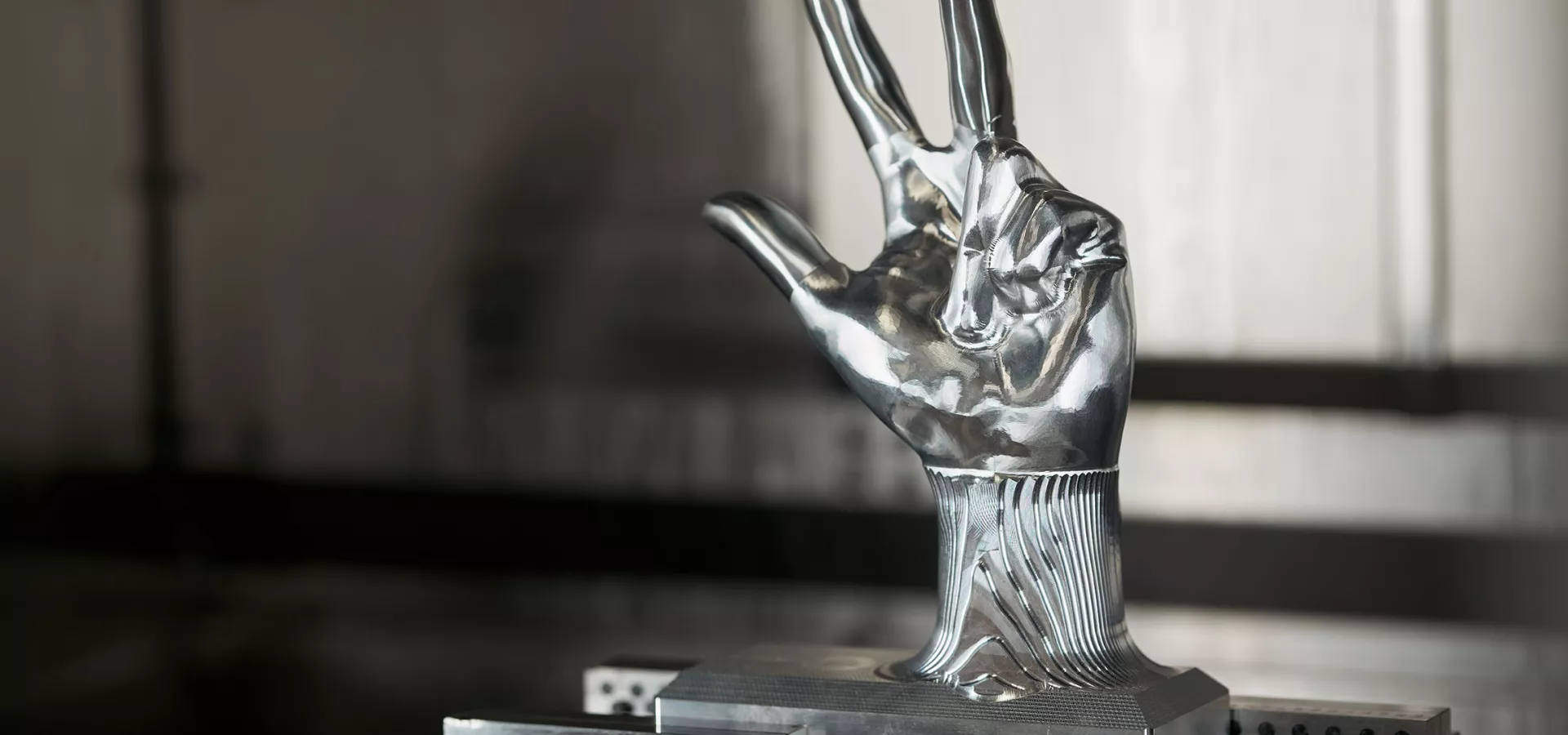
Laser cutting - micrometer precision and without direct contact
Laser cutting or laser beam cutting is a processing option for different materials. Theoretically, laser radiation is suitable for cutting (almost) all types of materials. In practice, however, laser cutting proves to be extremely useful especially where high material utilization and straight cut edges that do not need to be reworked are required.
How does Laser Cutting work?
The special properties of laser light are responsible for the precise and pinpoint processing of workpieces with the help of laser cutting. The light generated in the laser beam source of the laser cutting machine is monochromatic and coherent. This means that the light waves of this light beam not only have the same wavelength, but also run parallel to each other and are subject to uniform oscillations. This makes it possible to focus the energy of the laser beam much more strongly. With the aid of various techniques, such as fiber optic cables or deflection mirrors and focusing optics, the laser beam is aligned in the respective systems and its intensity is amplified.
The focused laser beam is then directed onto the workpiece to be processed. Where laser light and workpiece meet, the material heats up to such an extent that it liquefies and then vaporizes. A so-called process gas ensures that the removed material is blown out of the resulting kerf. Depending on the aggregate state of the removed material when it is removed from the kerf, a distinction is made between three different types of laser cutting. In addition to laser beam fusion cutting, there is also laser beam flame cutting and laser beam sublimation cutting. The material is cut by moving the laser beam over the surface of the workpiece or through the material.

What are the advantages of laser cutting?
The advantages of laser cutting are versatile and of great value, especially in the industrial sector. For one thing, laser cutting offers maximum flexibility, so it can also be used to process individual workpieces. In addition, laser cutting can always be used on a wide variety of materials in a safe, versatile and efficient manner. As a result, material breakage and splintering usually do not occur, which is particularly convincing from an economic point of view. Since the cut edges (depending on the material being processed) become particularly clean during laser cutting, additional costs for any reworking can usually be saved. Another advantage is that laser cutting can be coupled with other processes such as punching and nibbling.
Finally, for the sake of completeness, the disadvantages of the process must also be mentioned: The procurement costs for laser cutting equipment are relatively high. In addition, a number of factors must be taken into account in terms of occupational health and safety, as well as the expected gas consumption during operation of the systems.


